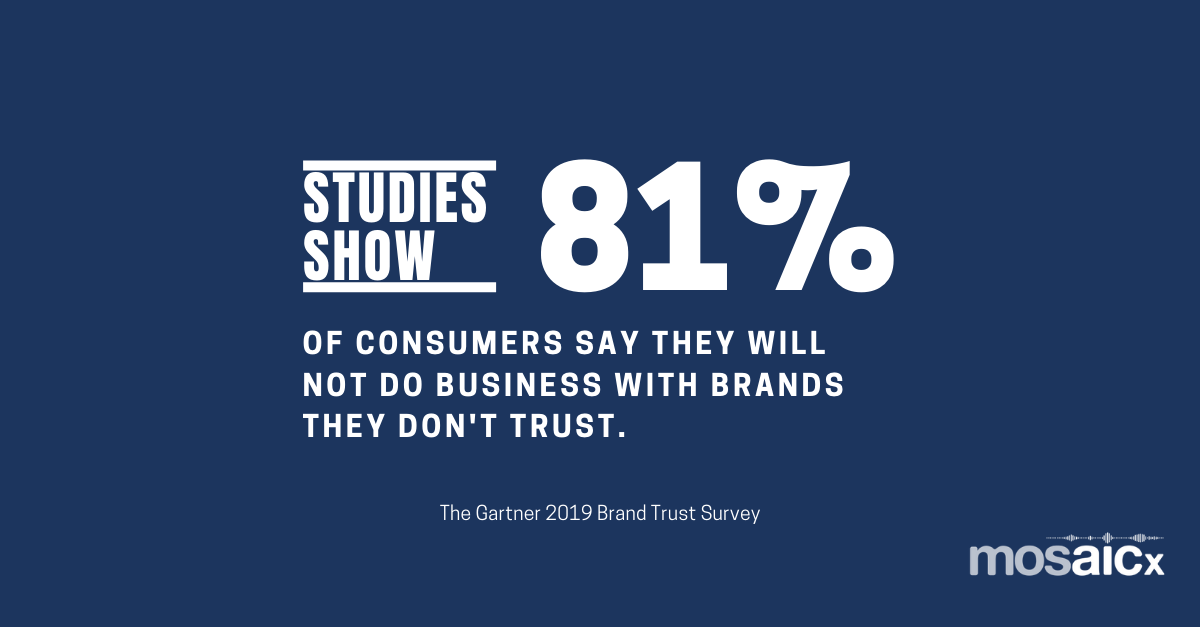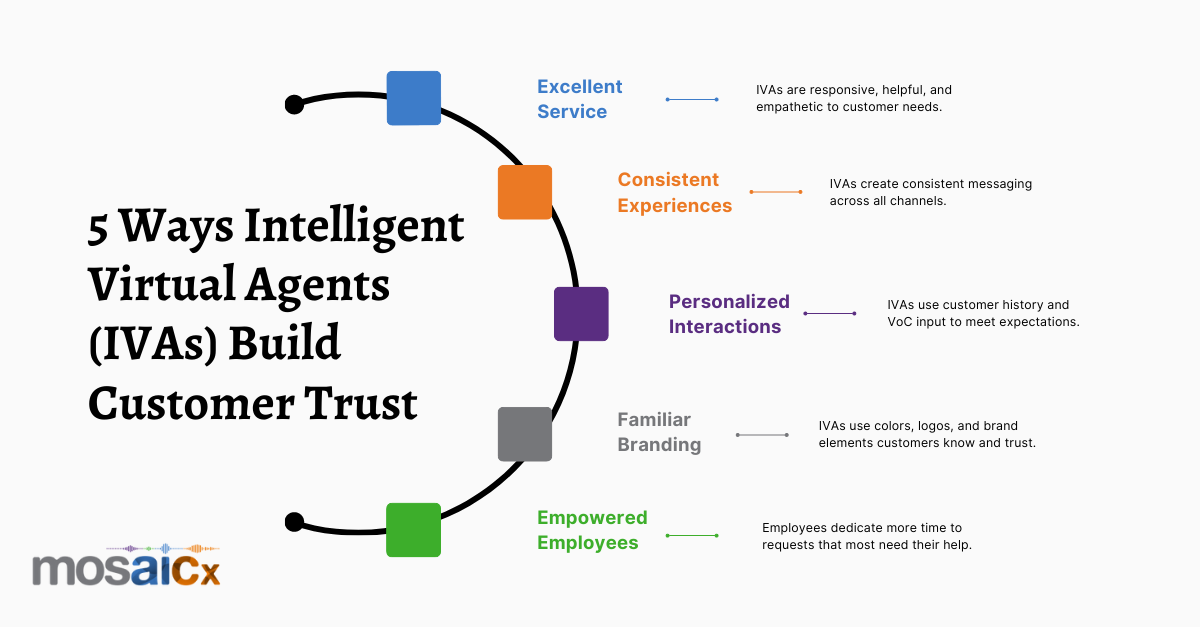The Strategic Role of Analytics Dashboards in Call Centers
When customers call, they want to be heard now, not wait. However, if there's no visibility into what's happening across queues, agents, and...

We all know customer trust is important, but the stats reveal just how important. Studies show 81% of consumers say they will not do business with brands they don't trust. And high-trust companies are at least 2.5 times more likely to be "high-performing revenue organizations."
With this in mind, you may be wondering what investments you can make to increase customer trust. Or maybe you're worried new technology could create poor experiences and damage the trust you've worked so hard to build. Thankfully, customer experience (CX) investments have become incredibly sophisticated.
We'll cover these technology investments later in this post, but first, let's discuss the most important element of building customer trust: meeting customer expectations.
In a recent study, 68% of customers said they would pay more for a product or service from a company that consistently meets their individual expectations. Conversely, 50% of customers will leave a company after just one negative experience.
So what are customers' expectations? In general, customers want to be treated fairly, receive quick service, and have their issues resolved, but each individual varies in how they expect to be treated. For example, one customer may expect to talk to an agent within five minutes while another expects to self-serve their own issue immediately. One may define "fair" as resolving an issue, but another may expect extra compensation when something goes wrong.

As customer expectations became more personalized, CX investments have responded. Tools like Intelligent Virtual Agents (IVAs) have replaced IVRs and chatbots. Those outdated tools lumped similar customers into buckets, but IVAs use conversational AI to create personalized experiences for everyone.
With that in mind, here are five ways CX investments like IVAs build customer trust:
By investing in these areas, you can create a customer experience that is both positive and trustworthy. This will lead to increased customer satisfaction, loyalty, and advocacy.

Here are some additional tips for building customer trust through CX investments:
By following these tips, you can build a strong foundation of trust with your customers. This will help you attract and retain customers, boost sales, and grow your business.
Virtual agents help meet customer expectations by providing accurate and timely information. They also reduce costs by automating customer service tasks.
Making this type of CX investment can increase customer satisfaction, reduce customer churn, increase sales, and improve employee productivity by freeing up employees to focus on more complex tasks, such as problem solving and relationship building.
Overall, CX investments like virtual agents can help businesses to improve customer trust, meet customer expectations, and deliver a better customer experience. Consider a partner like Mosaicx to generate these benefits for your business.
.png)
When customers call, they want to be heard now, not wait. However, if there's no visibility into what's happening across queues, agents, and...

Every call is another opportunity for contact centers to gather important data on their customers. That data can reveal preferences, where customers...

Enterprises can't afford to manage their customer conversations with tools that were never designed for scale. One bad interaction is all it takes to...